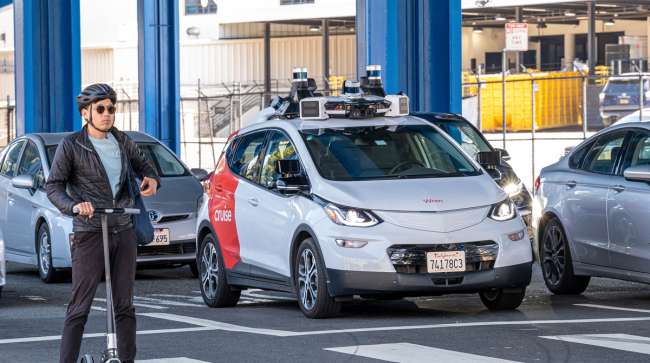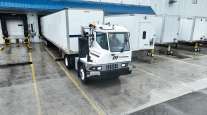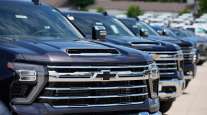Cruise Robotaxis Returning to California After Accident

[Stay on top of transportation news: Get TTNews in your inbox.]
Cruise, the self-driving vehicle unit of General Motors Co., plans to resume driving robotaxis in California this fall for the first time since a pedestrian accident led to its license being suspended in October.
The testing is small scale, with at most five vehicles being run with test drivers at the wheel to do development work. Cruise said Sept. 19 that it will operate the cars in Sunnyvale and Mountain View. It won’t drive in San Francisco, where the company tussled with regulators.
It has taken Cruise almost a year to put cars back on the road in California following last year’s crisis, after one of the company’s cars struck and dragged a pedestrian. Its vehicles also had problems with emergency responders and human drivers in the city.
The situation resulted in the resignation of founder Kyle Vogt, the firing of nine executives and layoffs of 25% of the workforce. The company started testing vehicles in Phoenix, Dallas and Houston this year and hopes to resume fully driverless rides in one of those markets in the coming months.
RELATED: GM’s Cruise Targets Resumption of Driverless Rides This Year
At one point, GM CEO Mary Barra hoped Cruise would charge $1 billion in fares next year and generate $50 billion in new revenue for the automaker by 2030. But the October accident and fallout has been a huge setback for a technology that the company has called a “moonshot.”
GM has throttled back spending on Cruise by cutting staff and reining in plans to expand paid service across the U.S., but the automaker remains committed. GM funded Cruise with $850 million in cash in June and plans to raise money by the first quarter of 2025.
Want more news? Listen to today's daily briefing below or go here for more info:




